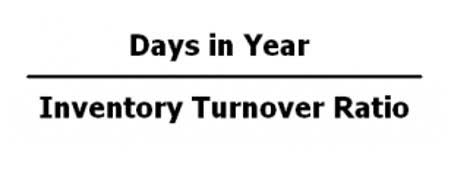Law Firm Chart of Accounts and General Ledgers Made Easy - HostExpert
April 26, 2023

It not only ensures compliance and accuracy but also acts as a strategic tool for informed business decisions. Customization is the proactive step toward financial success in the competitive legal industry. Regular reviews and updates enable law firms to stay agile and responsive to the ever-changing demands of the legal landscape. If you’re the owner of a small law firm, you need to know the essentials of bookkeeping and accounting for law firms. This way, your firm can stay compliant with ethics rules—and you can ensure you aren’t leaving money on the table.

Canada’s best law firms list
By pooling the money with other client funds, enough interest is generated to fund public service programs. While the specifics can vary by jurisdiction, when using an IOLTA account, any interest earned on the account is collected and forwarded to the state bar (usually to funds for social justice). It’s also a good idea to reconcile trust accounts at least once a month and prepare monthly reports for each client, listing all of the activity in and out of the account and the ending balance. If there are any differences between the three, your trust reconciliation report should show the reason for the discrepancy. For example, say you deposited a check for $10,000 to the trust account on December 30 but the deposit didn’t clear the bank until January 2. The December 31 bank statement shows a balance that is $10,000 less than your books or the client’s trust ledger due to a timing difference.
- Interestingly, tax deductions can ease the burden when used correctly—yet not all lawyers are up-to-date on their tax deductions.
- It involves a ton of inefficient, manual work—involving a lot of spreadsheets, paper invoices, inputting data entry, and struggles with collections.
- This guide will go over the basics of trust accounting, share examples from MyCase reports, and go over rules and best practices for your law firm to follow.
- When setting up your chart of accounts, identify accounts that align with your law firm’s activities and reporting needs.
- A tailored Chart of Accounts for law firms is the key to tracking legal expenses, client billing, trust accounts, and other financial intricacies specific to the legal profession.
Law Clerk: What Is It? What Do They Do and How to Become One?
![]()
If your law firm doesn’t already have business bank accounts, it’s time to open them. Most firms will need three business bank accounts at a minimum—checking, savings, and a separate IOLTA or trust account. Without the proper business bank Law Firm Chart of Accounts accounts, you risk inaccurate bookkeeping, messy records, and potential compliance violations regarding trust funds. This listing also provides a structure for correctly managing funds between operating accounts and pooled trust accounts.

Easily Manage Trust Accounts with MyCase
Instead of debiting cash and crediting income, you should debit the IOLTA account with a corresponding credit to Trust Account Liabilities. When you later earn your fee, you would debit Trust Account Liabilities and credit your revenue account. When clients are slow to pay or don‘t pay their bills, you may find yourself unable to pay your staff or cover other overhead expenses. At least once a month, review your receivables and follow up on outstanding client invoices to keep your cash flow strong. For example, if you purchase office supplies for your business, you should have an “Office Supplies Expense” account. But you don’t want to set up separate accounts for legal pads, pens, printer ink, etc.

Lawyers can also transfer funds from trust accounts after they’ve completed legal services. Isn’t it the infamous process that trips up attorneys and bookkeepers new to legal accounting? Our 2024 Legal Industry Report found that more than 1 in 10 respondents find law firm accounting the most challenging function for their firm. A majority of law firms have expenses that are reimbursed from their clients. If you do not keep track of these, expenses can fall through the cracks and never get collected. In the fast-paced and ever-evolving legal industry, maximizing efficiency and accuracy is paramount.

Accounting for law firms may be new or challenging to you, but it doesn’t have to be scary. What’s most important is that you get the details right so that you can stay compliant with ethics rules and help your firm grow to its full potential. When it comes to accounting for law firms, whether you handle it yourself or hire someone, https://www.bookstime.com/ your bookkeeping system must maintain a consistent schedule for carrying out bookkeeping tasks. While there are a lot of factors to balance, here are the essentials for law firm accounting and bookkeeping success that you should get a handle on ASAP. Your best bet is likely to hire both a legal bookkeeper and a legal accountant.
How to handle IOLTAs in your bookkeeping
A double entry system, therefore, has two equal and corresponding sides—or debits and credits—and creates a balance sheet consisting of assets, liabilities, and equity. Complete and compliant accounting produces more accurate financial statements. In turn, you can make better decisions about optimizing your firm’s operations and profitability. See how we can help by talking to our team of Certified Payment Specialists today.
Legal Industry Report
-
-
-
Greatest Bitcoin Gambling enterprise Totally free Revolves Offers incl Added bonus Requirements March 13, 2025 No Comments







